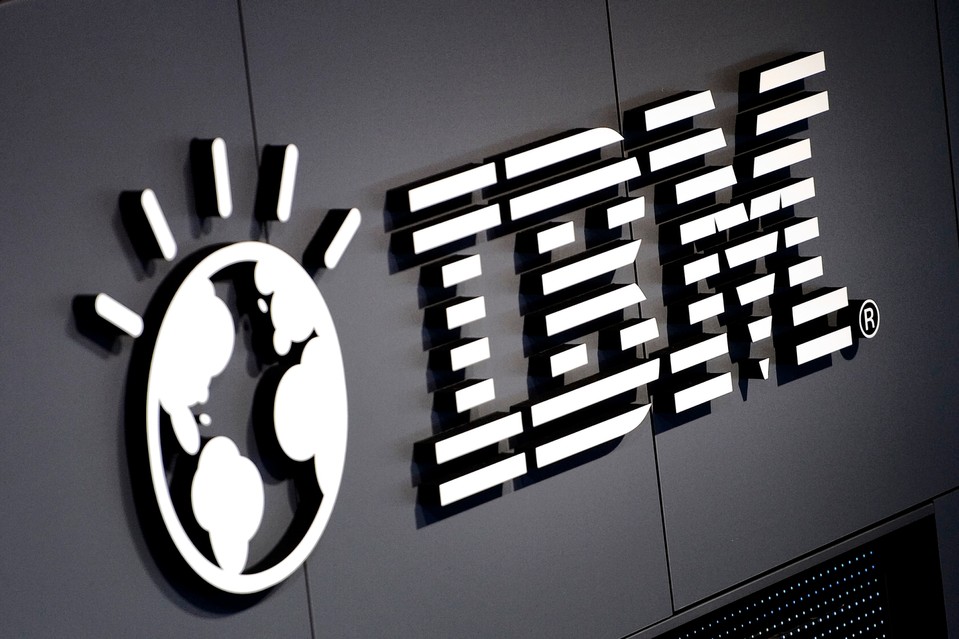IBM’s Latest Memory Breakthrough Could Speed Up Your Smartphone
IBM recently reached a major breakthrough related to phase-change memory (PCM) that could one day have a huge impact on the performance of your laptops and smartphones. Researchers have successfully found a way to store three bits of data per cell, up from the previous limit of just one bit per cell. This is a huge deal because achieving greater memory density is essential to make the product commercially cost effective.
Today, devices like phones and laptops use two other technologies to store data. DRAM (dynamic random access memory) is fast and expensive while flash is slower and cheaper but has the benefit of storing data even when the power is switched off, making it non-volatile. PCM is about 5 to 10 times slower than DRAM but is also non-volatile like flash. And it’s about 50 times faster than flash. So a PCM-powered smartphone could load apps faster and reboot more quickly than a flash-equipped one. The technology could potentially embody the best of both worlds between DRAM and flash memory.
Product Availability
While PCM technology is not yet available on the market, companies like IBM are investing heavily into researching this technology. Since 2000, when tech companies started hitting the possible limits of Moore’s Law, they began taking a closer look at alternative technologies like PCM as a possible solution. It is possible to trade these companies using the cTrader platform with the potential for significant profits. And with this new milestone, IBM did not give any estimates for when the technology would be commercially available.
Meanwhile, chip manufacturer Intel has been working on their own non-volatile memory technology, 3D Xpoint. The company introduced the technology last year, touting it to be 1,000 times faster than flash. And it’s possible we’ll see Intel’s technology hit markets within the next 1 or 2 years, beating out IBM’s PCM technology. Amoxil 500mg https://pieceofcakebakery.com/amoxil-500mg/ Still, even if IBM comes second, they have a promising technology on their hands.
***IBM’s press release with some high res images available: http://www-03.ibm.com/press/us/en/pressrelease/49746.wss
